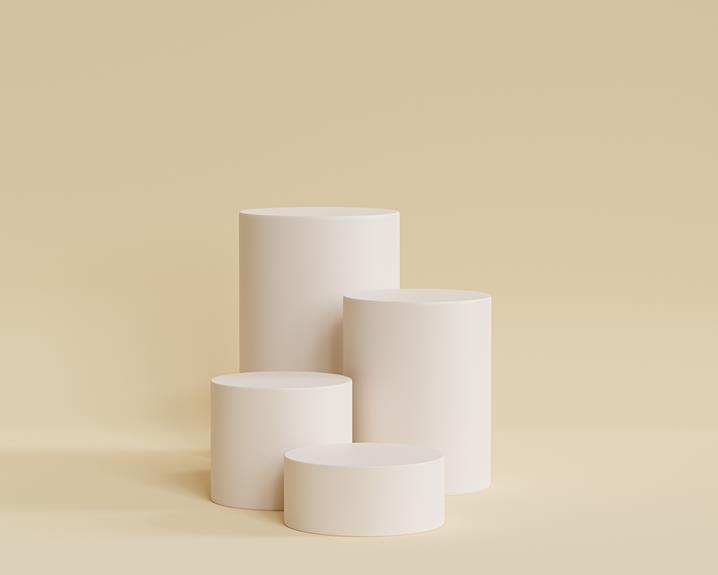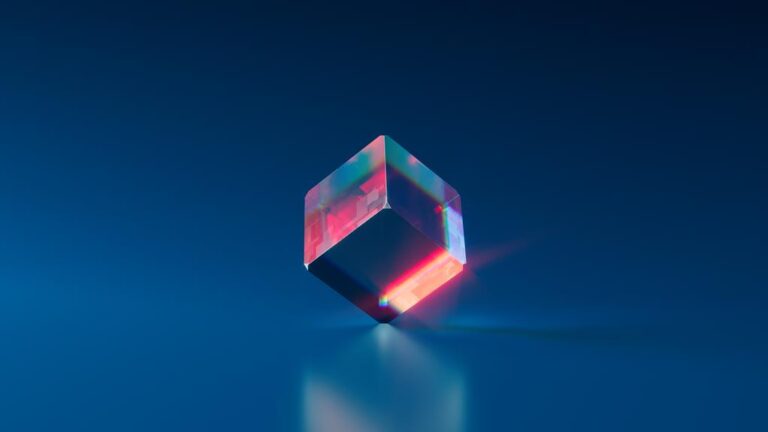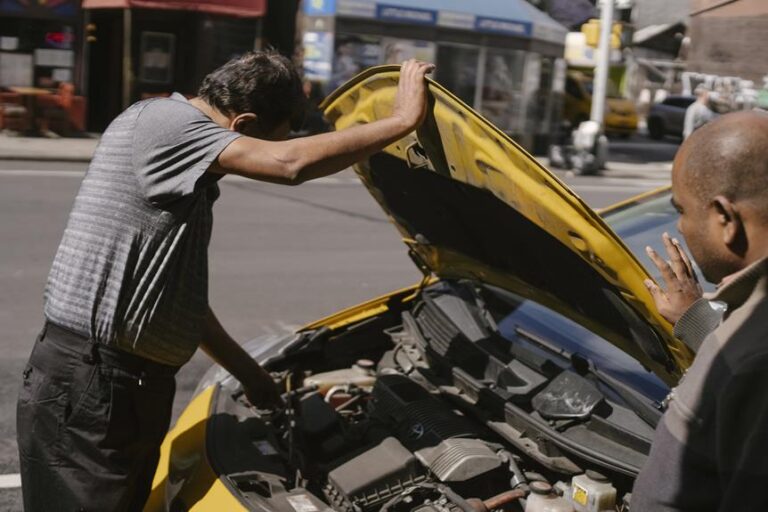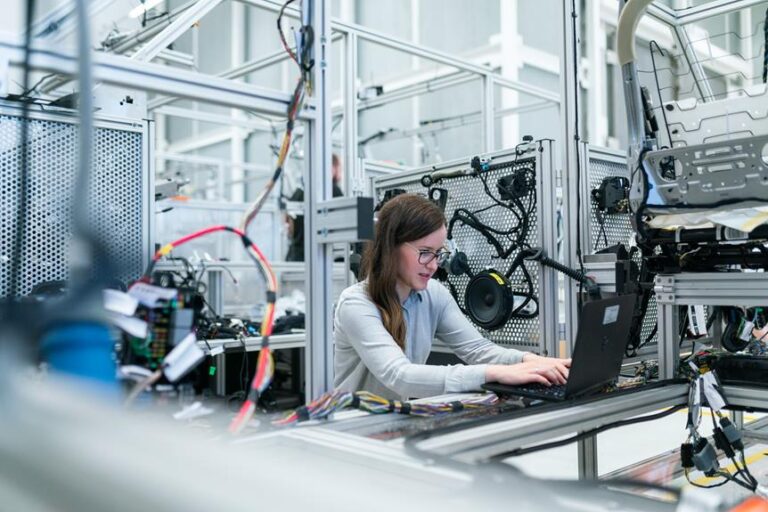CAD Software for 3D Printing: Unleash Your Design Potential
Unleash the full potential of your design aspirations with CAD software for 3D printing.
Like a master sculptor chiseling away at a block of marble, CAD software empowers you to bring your visions to life in stunning detail.
In this article, we will explore the myriad benefits of using CAD software for 3D printing, delve into the top software options available, and provide expert tips to optimize your designs for flawless printing.
Prepare to liberate your creativity and witness the magic unfold before your eyes.
Key Takeaways
- CAD software enables the creation of intricate and complex 3D models.
- CAD software provides precise measurements and accurate representations.
- CAD software facilitates visualization and testing of designs before printing.
- CAD software allows for easy modification and iteration of designs.
Benefits of Using CAD Software for 3D Printing
There are several key benefits of using CAD software for 3D printing.
CAD (Computer-Aided Design) software provides designers and engineers with the tools they need to create intricate and complex 3D models. This software allows for precise measurements and accurate representations of the desired design, enabling users to bring their concepts to life with ease.
One of the main advantages of using CAD software for 3D printing is the ability to explore and unleash design potential. CAD software offers a wide range of design tools and features that allow users to experiment with various shapes, sizes, and intricate details. This freedom to explore different design elements empowers users to push the boundaries of creativity and create unique and innovative designs.
Furthermore, CAD software facilitates the design process by providing a virtual environment where users can visualize and test their designs before printing. This eliminates the need for physical prototypes and reduces the time and cost associated with traditional design methods. Additionally, CAD software allows for easy modification and iteration, enabling designers to make quick adjustments and improvements to their designs.
In summary, CAD software offers numerous benefits for 3D printing, including the ability to explore and unleash design potential, visualize and test designs before printing, and easily modify and iterate designs. With these advantages, designers can push the limits of their creativity and achieve exceptional results.
Now, let's explore the top CAD software options for 3D printing.
Exploring the Top CAD Software Options for 3D Printing
When looking for CAD software options for 3D printing, designers have a variety of top choices to consider. The market is flooded with numerous 3D design software solutions that offer powerful tools and features for creating intricate and precise designs for 3D printing. These software options provide a range of functionalities, from basic modeling to advanced design capabilities.
One of the most popular CAD software options for 3D printing is AutoCAD. Known for its versatility and compatibility with various file formats, AutoCAD allows designers to create complex 3D models with ease. Another popular choice is Fusion 360, which offers a comprehensive suite of tools specifically designed for 3D printing. Its parametric modeling capabilities and cloud-based collaboration make it a favorite among designers.
For those looking for open-source options, FreeCAD and OpenSCAD are worth considering. FreeCAD provides a user-friendly interface and supports a wide range of file formats, while OpenSCAD focuses on programming-based design, allowing designers to create 3D models using scripts.
In conclusion, when exploring CAD software options for 3D printing, designers have a wealth of choices available. The key factors to consider include the software's compatibility with 3D printing technology, ease of use, and advanced features. These top CAD software options provide the necessary tools to unleash your design potential and bring your ideas to life in the world of 3D printing.
Now, let's delve into the advanced features that can further enhance your 3D designs.
Advanced Features to Enhance Your 3D Designs
Integrating advanced features into your 3D designs can significantly elevate the quality and complexity of your creations. With the right CAD software, you can unlock a whole new level of design potential. Here are four advanced features that can enhance your 3D designs:
- Parametric Modeling: This feature allows you to create models that can be easily modified by changing parameters. By defining relationships between different parts of your design, you can make quick adjustments without starting from scratch.
- Mesh Editing: Mesh editing tools enable you to manipulate the intricate details of your 3D models. You can refine the geometry, smooth surfaces, and fix any imperfections to achieve a high level of precision.
- Assembly Design: With assembly design features, you can create complex models composed of multiple parts. These tools provide the ability to align, position, and assemble different components, ensuring a seamless fit.
- Simulation and Analysis: Advanced CAD software offers simulation and analysis tools that allow you to test the functionality and performance of your designs. You can simulate real-world conditions, analyze stress points, and optimize your designs for better functionality and reliability.
Compatibility Considerations for CAD Software and 3D Printers
One important consideration for CAD software and 3D printers is the compatibility between the two technologies. To ensure a successful 3D printing process, it is crucial that the CAD software and the 3D printer are able to work together seamlessly. This involves ensuring that the CAD software can export files in a format that is compatible with the 3D printer's software, as well as considering other factors such as the printer's hardware limitations and material compatibility.
A well-designed CAD software should offer a variety of file formats for exporting 3D models, including widely used formats such as STL (Standard Tessellation Language) and OBJ (Object File Format). These formats are universally supported by most 3D printers, allowing for easy transfer of designs from the CAD software to the printer.
Furthermore, compatibility also extends to the printer's hardware capabilities. Some 3D printers may have limitations on the maximum build volume or resolution, and it is important to ensure that the CAD software can generate designs that are within these limits. Additionally, the CAD software should also provide options for adjusting parameters such as layer height and infill density, allowing for fine-tuning of the print settings to achieve the desired results.
Tips for Optimizing Your Designs for 3D Printing
When it comes to optimizing your designs for 3D printing, there are a few key points to keep in mind.
First, designing for printability is crucial to ensure that your models can be successfully printed. This involves paying attention to factors such as wall thickness, support structures, and overhangs.
Secondly, minimizing printing errors is essential for achieving high-quality prints. This can be achieved by carefully inspecting and repairing any mesh issues, ensuring proper alignment and orientation, and using appropriate slicing settings.
Designing for Printability
To achieve the best results in 3D printing, designers should consider various factors that can enhance the printability and overall quality of their designs. Here are four tips to optimize your designs for 3D printing:
- Design for support structures: Consider the need for support structures when creating your design. These structures are necessary to prevent overhangs and ensure successful printing.
- Wall thickness: Keep in mind the recommended minimum wall thickness for your chosen 3D printing technology. Thicker walls provide better stability and durability to your printed object.
- Orientation: Properly orienting your design can minimize the need for support structures and reduce the risk of print failures. Experiment with different orientations to find the optimal one for your specific design.
- Check for errors: Before sending your design to the printer, run it through a slicing software or a dedicated 3D printing software to check for any errors or issues that could affect the printability.
Minimizing Printing Errors
To ensure accurate and successful 3D printing outcomes, designers can employ various strategies to minimize errors and optimize their designs. By following these tips, designers can enhance the quality and reliability of their 3D prints.
One crucial aspect is ensuring that the design is watertight, meaning there are no gaps or holes in the model. This can be achieved by using boolean operations to merge intersecting or overlapping geometries.
Additionally, designers should pay attention to wall thickness, as thin walls can result in structural weaknesses or printing issues.
Lastly, orienting the model correctly can minimize support material requirements and improve print quality.
By implementing these techniques, designers can reduce printing errors and create high-quality 3D prints with precision and accuracy.
Now, let's explore how to master the tools and techniques of CAD software for 3D printing.
Mastering the Tools and Techniques of CAD Software for 3D Printing
By familiarizing oneself with the tools and techniques of CAD software for 3D printing, designers can enhance their skills and optimize their design process. The following are four important aspects to master when working with CAD software for 3D printing:
- Design Principles: Understanding the fundamentals of design principles is crucial for creating successful 3D printed models. This includes knowledge of geometry, proportions, and aesthetics to ensure that the final product meets both functional and visual requirements.
- Modeling Techniques: CAD software offers various modeling techniques such as parametric modeling, sculpting, and mesh editing. Designers should explore and practice these techniques to manipulate and shape their models effectively.
- File Preparation: Proper file preparation is essential for a smooth 3D printing process. Designers need to ensure that their models are properly scaled, have sufficient wall thickness, and are free from errors such as non-manifold geometry or intersecting surfaces.
- Advanced Features: CAD software often offers advanced features like boolean operations, fillets, or chamfers. Mastering these features allows designers to add intricate details and complex geometries to their models, pushing the boundaries of their design capabilities.
Real-Life Examples of Stunning 3D Prints Created With CAD Software
CAD software has revolutionized the world of 3D printing, enabling designers to create innovative applications that were once thought impossible.
From intricate architectural models to complex medical implants, CAD software has allowed for the design intricacy necessary to bring these ideas to life.
Innovative Applications of CAD
With the help of CAD software, designers have been able to create stunning 3D prints that push the boundaries of innovation and creativity. Here are four examples of how CAD software has been used to create remarkable objects:
- Artistic sculptures: Using CAD software, artists are able to design intricate sculptures with complex geometries. These sculptures can be printed in various materials, such as metal or resin, resulting in visually stunning and unique pieces of art.
- Functional prosthetics: CAD software has revolutionized the field of prosthetics by enabling the creation of custom-fit prosthetic limbs. Designers can use CAD to create precise models that perfectly match an individual's anatomy, leading to more comfortable and functional prosthetics.
- Architectural models: Architects can use CAD software to design and create intricate models of buildings and structures. These models not only showcase the design concept but also allow for better visualization and understanding of the final construction.
- Complex mechanical parts: CAD software is extensively used in industries like aerospace and automotive to design and manufacture complex mechanical parts. The ability to create precise and intricate designs using CAD software allows for the production of high-quality and efficient components.
These examples demonstrate the immense potential of CAD software in unleashing design possibilities and pushing the boundaries of what is possible in the world of 3D printing.
Design Intricacy Through CAD
Through the utilization of CAD software, designers have been able to achieve unprecedented levels of design intricacy in their 3D prints, revolutionizing the possibilities of what can be created.
CAD software provides designers with precise control over every aspect of their designs, allowing them to create complex geometries and intricate details that were previously unimaginable.
One real-life example of stunning 3D prints created with CAD software is the intricate lattice structures used in architectural models. These structures, made possible through the precise manipulation of CAD software, not only add aesthetic appeal to the models but also serve functional purposes such as improved airflow and structural stability.
Another example is the creation of intricate jewelry designs, where the precise modeling capabilities of CAD software allow for the creation of intricate patterns and detailed filigree work.
The use of CAD software has truly liberated designers, enabling them to push the boundaries of design intricacy and create awe-inspiring 3D prints.
Frequently Asked Questions
Can CAD Software Be Used for Other Applications Besides 3D Printing?
CAD software can be used for various applications beyond 3D printing. Its versatility allows for designing products, architectural structures, mechanical components, and virtual simulations, enabling users to unleash their creative potential across a wide range of industries.
How Much Does CAD Software for 3D Printing Typically Cost?
The cost of CAD software for 3D printing varies depending on the specific software and its features. Prices can range from free for basic software to several thousand dollars for advanced professional software.
Are There Any Free CAD Software Options Available for 3D Printing?
Yes, there are free CAD software options available for 3D printing. These tools offer a cost-effective solution for individuals seeking to explore their design potential and unleash their creativity in the realm of 3D printing.
Can CAD Software Automatically Detect and Fix Errors in 3D Designs?
Yes, CAD software can automatically detect and fix errors in 3D designs. It uses advanced algorithms to identify issues such as intersecting surfaces or non-manifold geometry, ensuring a seamless and error-free design process.
What Are Some Common Challenges or Limitations When Using CAD Software for 3D Printing?
Some common challenges or limitations when using CAD software for 3D printing include file compatibility issues, complex design requirements, limited material options, and the need for expertise in both CAD software and 3D printing techniques.
Conclusion
In conclusion, CAD software for 3D printing offers immense benefits for designers and enthusiasts alike. With its advanced features and compatibility considerations, it allows users to unleash their design potential and create stunning 3D prints.
By optimizing designs and mastering the tools and techniques of CAD software, one can achieve remarkable results. The possibilities are endless, and with the right software, anyone can bring their imagination to life in the form of a tangible, awe-inspiring 3D print.









